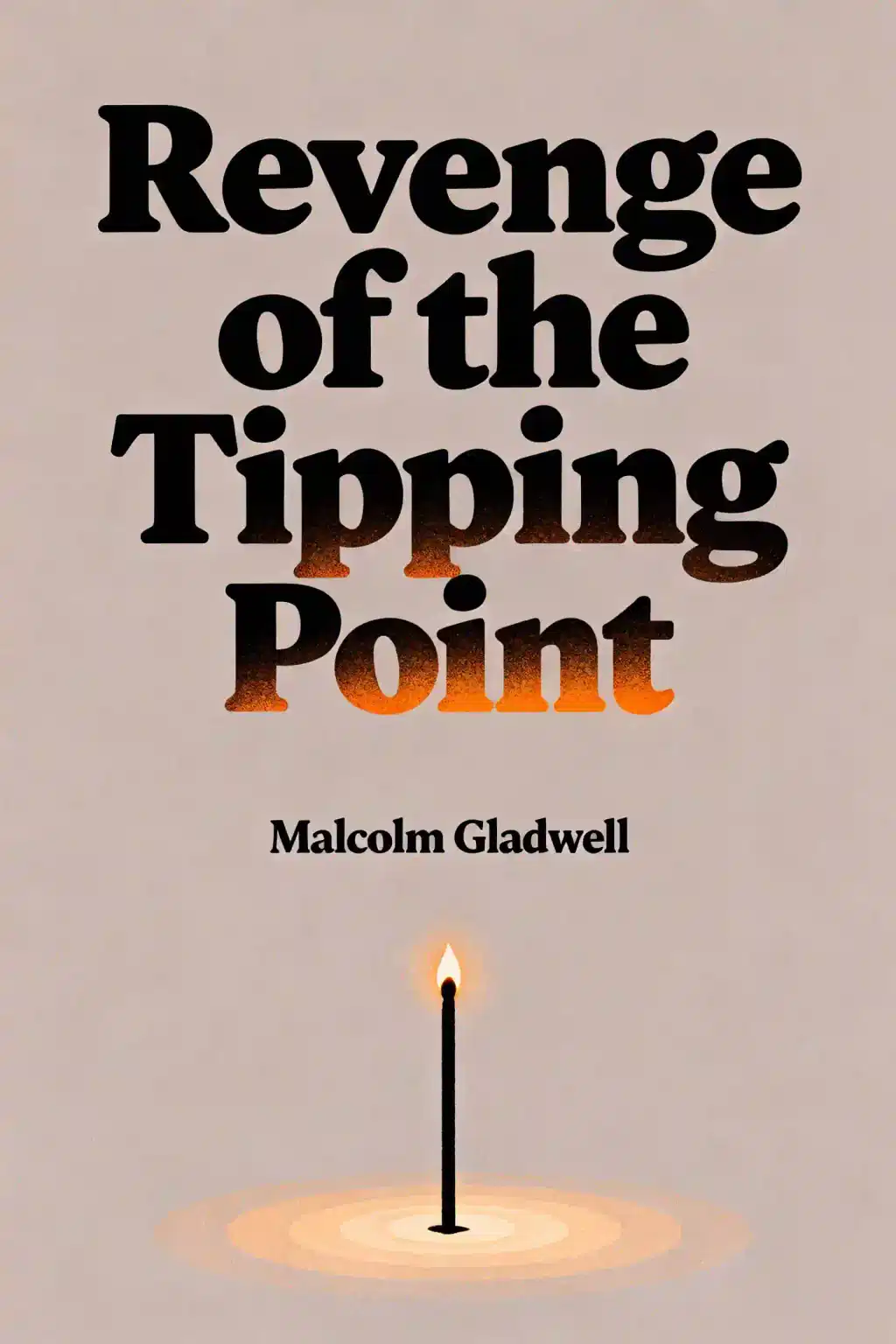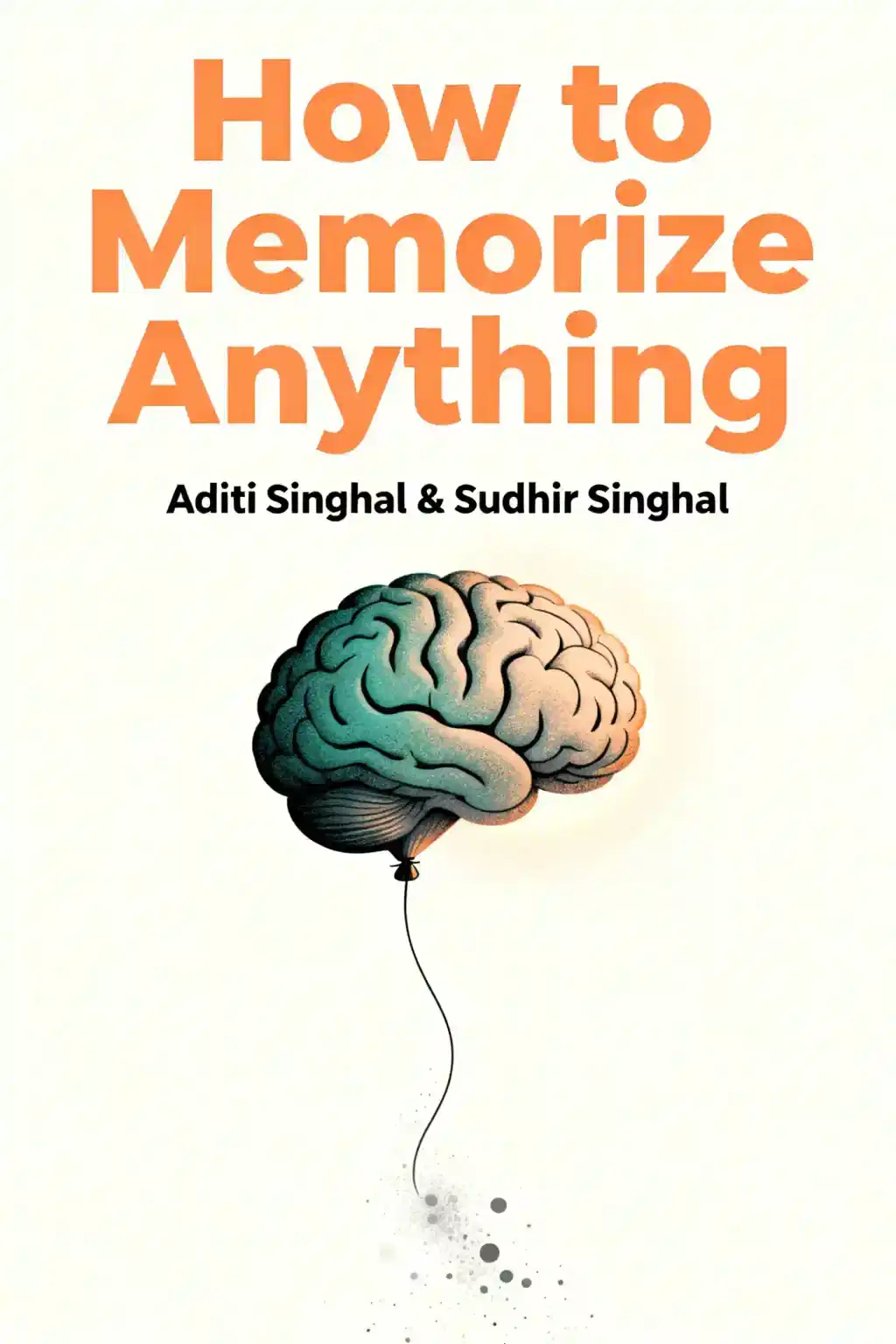
All the Dangerous Things by Stacy Willingham Summary
A mother's desperate search for her kidnapped son unravels dark secrets while insomnia blurs reality. With over 267,000 ratings and praised as "ridiculously hard to put down," this psychological thriller explores the terrifying question: can we trust our own memories when we never sleep?
About the author
Stacy Willingham is the New York Times and USA Today bestselling author of All the Dangerous Things, a gripping psychological thriller exploring motherhood, insomnia, and buried family secrets. Known for her Southern-set suspense novels, Willingham draws on her South Carolina roots to craft atmospheric stories steeped in Lowcountry settings and complex, unreliable narrators.
Before turning to fiction, she worked as a copywriter and brand strategist, earning her B.A. in magazine journalism from the University of Georgia and M.F.A. in writing from the Savannah College of Art and Design. Her debut novel, A Flicker in the Dark, won the Strand Magazine's Best Debut Award and became a runaway success, selling over one million copies in North America alone. She has since published Only If You're Lucky and Forget Me Not.
Willingham's work has been translated into more than thirty languages, cementing her reputation as a leading voice in psychological suspense.
FAQs About This Book
All the Dangerous Things by Stacy Willingham is a psychological thriller that follows Isabelle Drake, a mother suffering from severe insomnia one year after her toddler son Mason vanished from his crib. Desperate to find answers, Isabelle speaks at true crime conventions to keep her son's case alive and teams up with podcaster Waylon Spenser to investigate. The novel explores dark family secrets, unreliable memories, and the dangerous lengths a mother will go to uncover the truth about her missing child and her own haunted past.
All the Dangerous Things is perfect for fans of psychological thrillers with unreliable narrators and complex family dynamics, particularly readers who enjoyed Lisa Jewell's Then She Was Gone or Jennifer Hillier's Little Secrets. Those who appreciate slow-burning mysteries with multiple timelines, true crime elements, and emotionally intense explorations of motherhood will find this compelling. However, parents of young children may find the subject matter particularly disturbing, as it delves into every parent's worst nightmare about child abduction.
All the Dangerous Things is widely considered worth reading for thriller enthusiasts seeking an immersive, hypnotic mystery. Reviewers praise its steady pacing with mounting tension, unpredictable twists, and masterful use of dual timelines that keep readers engaged throughout. Many readers found it even better than Willingham's acclaimed debut A Flicker in the Dark, with several noting they couldn't put it down once they started. The audiobook narrated by Karissa Vacker receives particular praise for enhancing the atmospheric experience.
All the Dangerous Things explores the complexities and darkness of motherhood, particularly postpartum mental health struggles and dangerous maternal instincts. The novel examines how family secrets and trauma echo across generations, the unreliability of memory and perception, and the psychological toll of grief and guilt. Willingham delves into sleepwalking as both a literal condition and metaphor for suppressed trauma, while also addressing toxic relationships, manipulation, and the lengths people will go to protect loved ones—or hide terrible truths from themselves.
Isabelle Drake's sleepwalking serves as a crucial element linking her present trauma to buried childhood memories. Video evidence shows Isabelle sleepwalking and picking up Mason from his crib, making her question whether she played an unconscious role in his disappearance. This parallels her childhood, when her sleepwalking episodes coincided with family secrets about her sister Margaret's death. The sleepwalking becomes a manifestation of suppressed trauma and raises disturbing questions about what Isabelle might have done during her episodes, driving both the mystery and her psychological unraveling.
The major revelation in All the Dangerous Things involves multiple interconnected betrayals:
- Isabelle's husband Ben and his girlfriend Valerie conspired to kidnap Mason and give him to a woman who couldn't have children.
- Waylon Spenser, the podcaster helping Isabelle, is revealed to be the brother of Ben's first wife Allison, who died by suicide—though Waylon suspects Ben murdered her.
- Additionally, Isabelle discovers her mother killed her sister Margaret during postpartum psychosis after a stillborn birth, creating haunting parallels to Isabelle's own dark impulses during Mason's infancy.
All the Dangerous Things shares Stacy Willingham's signature style of unreliable narrators and atmospheric psychological suspense with her debut A Flicker in the Dark. Many readers found the sophomore novel even stronger, praising its more sophisticated use of multiple timelines and deeper character development. Both novels feature female protagonists grappling with trauma and buried memories, but All the Dangerous Things explores motherhood more intensely while A Flicker in the Dark focused on a daughter's relationship with her serial killer father. Willingham's lyrical, immersive writing style remains consistent across both thrillers.
The true crime convention serves as Isabelle Drake's desperate strategy to keep public attention on Mason's disappearance after law enforcement interest wanes. As keynote speaker, she repeatedly recounts the traumatic night her son vanished, using the convention circuit to reach audiences who might have information or keep the case active. This setting also introduces Waylon Spenser, the podcaster whose investigation becomes central to uncovering the truth. The convention backdrop reflects society's fascination with real-life tragedy and the complex ethics of consuming others' trauma as entertainment.
Common criticisms of All the Dangerous Things include excessive descriptive language that some readers found overly flowery and distracting from the plot. Many reviewers noted the repetitive focus on Isabelle's insomnia, sleepwalking, and exhaustion became tedious and pulled them out of the story. Some found the use of repetitive phrases and analogies—like "punched her hands in her pockets"—weakened the prose. Additionally, several readers disliked protagonist Isabelle throughout most of the book, finding her difficult to connect with emotionally despite understanding her trauma.
All the Dangerous Things masterfully employs three distinct timelines:
- the present investigation one year after Mason's disappearance,
- flashbacks to Isabelle's childhood involving her sister Margaret's death, and
- Isabelle's recollected memories of her relationship with Ben and Mason's infancy.
These layered narratives gradually reveal connections between past trauma and present circumstances, with each timeline providing crucial puzzle pieces. The structure enhances the unreliable narrator element, as readers must question which memories are accurate and how childhood events shaped Isabelle's current psychological state and the tragedy she faces.
Postpartum psychosis serves as the dark thread connecting generations of trauma in All the Dangerous Things. Isabelle's mother experienced it after delivering a stillborn daughter named Eloise, leading her to kill Margaret while in a psychotic state. This revelation forces Isabelle to confront disturbing parallels with her own postpartum experience with Mason, when she had dark impulses she never fully acknowledged. Willingham uses this mental health condition to explore the taboo subject of dangerous maternal thoughts, the weight of inherited trauma, and how untreated postpartum disorders can destroy families.
The audiobook of All the Dangerous Things narrated by Karissa Vacker receives strong recommendations from most listeners, who praise her ability to create distinct voices and build atmospheric tension. Vacker's performance particularly excels with male voices and enhances the psychological suspense of Isabelle's deteriorating mental state. However, some listeners note her narration style includes significant whispering that may not appeal to all preferences. Overall, the audio format is considered an excellent way to experience the novel's hypnotic, immersive quality, especially for those who enjoy character-driven psychological thrillers.
Quick Summary Mode - Read or listen to All the Dangerous Things Summary in 8 Minutes
Break down key ideas from All the Dangerous Things into bite-sized takeaways to understand how innovative teams create, collaborate, and grow.
Flash Card Mode - Top 10 Insights from All the Dangerous Things in a Nutshell
Distill All the Dangerous Things into rapid-fire memory cues that highlight Pixar’s principles of candor, teamwork, and creative resilience.

Fun Mode - All the Dangerous Things Lessons Told Through 20-Min Stories
Experience All the Dangerous Things through vivid storytelling that turns Pixar’s innovation lessons into moments you’ll remember and apply.
Personalize Mode - Read or listen to All the Dangerous Things Summary in 0 Minutes
Ask anything, pick the voice, and co-create insights that truly resonate with you.

From Columbia University alumni built in San Francisco
See More Stories?

Get the All the Dangerous Things summary as a free PDF or EPUB. Print it or read offline anytime.
























